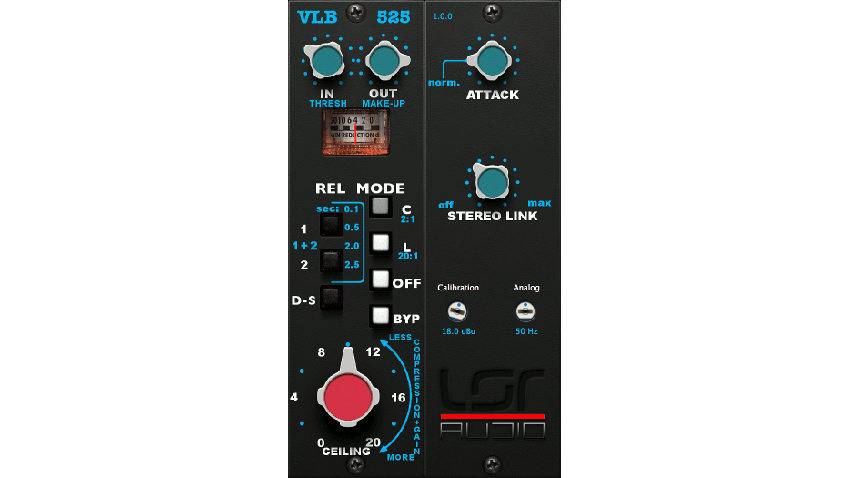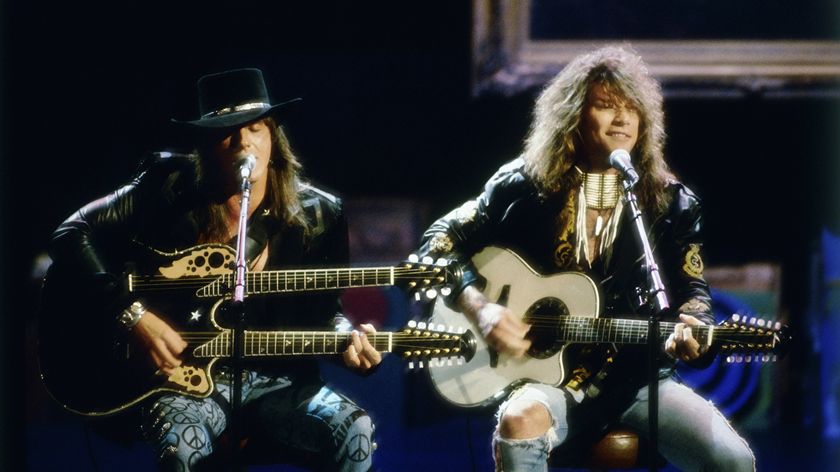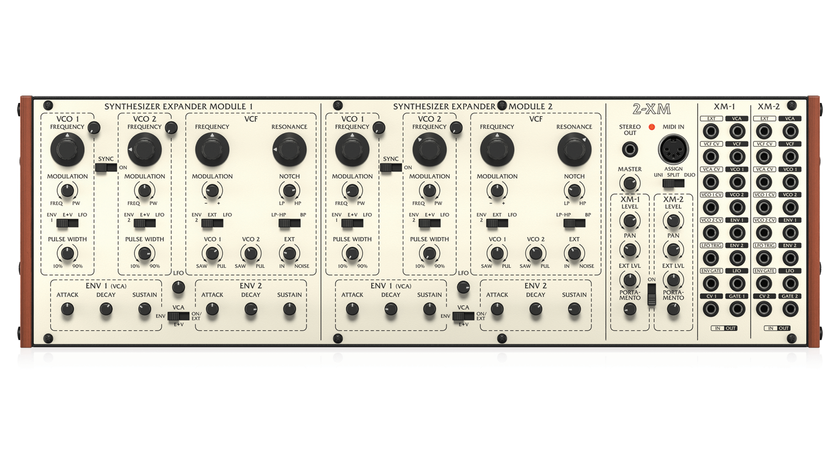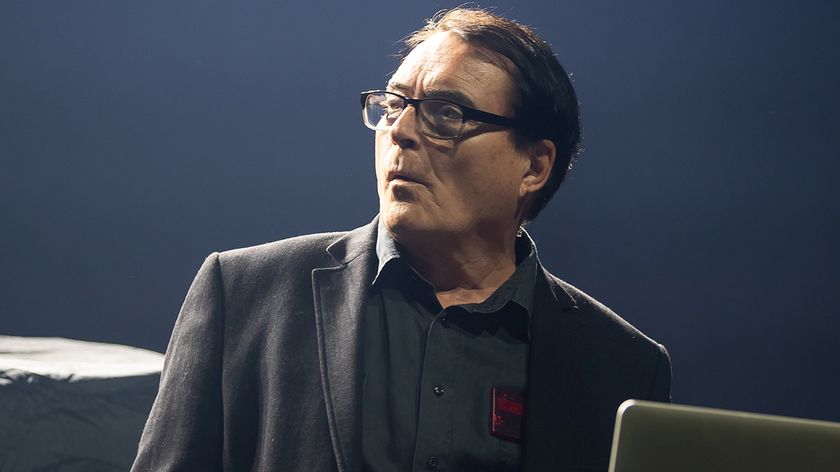LSR Audio releases VLB525 compressor plugin
Emulates the classic 525 FET compressor

LSR Audio has released the VLB525, an emulation of the classic 525 FET hardware compressor that first appeared in the early '70s. It's since become something of an industry standard, and is used frequently on 'real' instruments to add thickness and warmth.
These same characteristics are promised in the plugin version, which simulates the electronic circuits of the hardware. One of the feature highlights is said to be the Ceiling parameter, which increases the threshold and compensates the makeup level to maintain a constant output level.
You can find out more and download a demo on the LSR Audio website. Available for PC and Mac, the VLB525 is currently being sold for $129 - the price will rise to $159 on 15 October.
LSR Audio VLB525 features
- Authentic hardware circuit / non-linear components emulation
- Peak detecting feedback compressor / limiter
- Threshold and make-up level
- Ceiling adjusts compression and compensates the level
- Gain reduction VU meter
- Compressor mode (2:1 ratio)
- Limiter mode (20:1 ratio)
- Off mode: signal goes through the output opamp and transformer directly without compression Bypass mode: true bypass
- 4 release times: 0.1, 0.5, 2.0, 2.5 sec
- De-Ess function
- Adjustable attack
- Mono or stereo, with adjustable stereo link
- Adjustable internal simulation level
- Optional noise floor and hum modelling
- Retina displays compatible
Get the MusicRadar Newsletter
Want all the hottest music and gear news, reviews, deals, features and more, direct to your inbox? Sign up here.



I’m the Deputy Editor of MusicRadar, having worked on the site since its launch in 2007. I previously spent eight years working on our sister magazine, Computer Music. I’ve been playing the piano, gigging in bands and failing to finish tracks at home for more than 30 years, 24 of which I’ve also spent writing about music and the ever-changing technology used to make it.











![Chris Hayes [left] wears a purple checked shirt and plays his 1957 Stratocaster in the studio; Michael J. Fox tears it up onstage as Marty McFly in the 1985 blockbuster Back To The Future.](https://cdn.mos.cms.futurecdn.net/nWZUSbFAwA6EqQdruLmXXh-840-80.jpg)